The Forbidden City
A Journey into Imperial China

Once the heart of imperial China, the Forbidden City (故宫, Gù Gōng) is an architectural masterpiece and a treasure trove of history. This vast palace complex—spanning 720,000 square meters—was home to emperors, empresses, concubines, and high-ranking officials for nearly 500 years.
For centuries, ordinary citizens were forbidden to enter, earning it the name “Zijin Cheng” (紫禁城) or “Purple Forbidden City.” Today, this UNESCO World Heritage Site invites travelers from around the world to walk through its grand halls, explore its tranquil courtyards, and uncover the hidden secrets of China’s imperial past.
A Palace Built for Power
Commissioned in 1406 by the Yongle Emperor of the Ming Dynasty, the Forbidden City was meticulously designed to reflect the emperor’s absolute authority. Its layout follows the principles of feng shui and cosmic harmony, positioning the palace at the center of Beijing’s ancient city grid.
To ensure its grandeur and security, one million laborers and 100,000 artisans worked for 14 years to construct the palace. Rare timbers were transported from the forests of Sichuan, and the golden-glazed roof tiles were fired in the kilns of Suzhou. The result? A fortified city within a city, encircled by a 10-meter-high wall and a 52-meter-wide moat.
Inside the Forbidden City: What to See
The Forbidden City is immense—with 980 buildings, 8,728 rooms, and over 90 courtyards. A full visit takes at least half a day, though history lovers may want to dedicate a full day to exploring its wonders.
1. The Meridian Gate (午门, Wǔ Mén) – The Grand Entrance
The only entrance for visitors today, the Meridian Gate is where emperors once issued official proclamations. Look up, and you’ll see the Five Phoenix Turrets, towering above the gate—a symbol of the emperor’s supreme power.
2. The Outer Court – Where Power Was Exercised
This vast ceremonial area was where emperors held court, welcomed foreign envoys, and conducted grand rituals. It features three monumental halls:
- Hall of Supreme Harmony (太和殿, Tài Hé Diàn): The grandest structure, used for coronations and celebrations.
- Hall of Central Harmony (中和殿, Zhōng Hé Diàn): A resting place for emperors before ceremonies.
- Hall of Preserving Harmony (保和殿, Bǎo Hé Diàn): A space for royal banquets and imperial exams.
One of the most iconic sights here is the bronze guardian lions at the Gate of Supreme Harmony—one male (symbolizing power) and one female (symbolizing prosperity).
3. The Inner Court – Where the Emperor Lived
Beyond the Outer Court lies the Inner Court, where the emperor conducted daily affairs and lived with his family. Highlights include:
- Palace of Heavenly Purity (乾清宫, Qián Qīng Gōng): The official residence of the emperor.
- Hall of Union (交泰殿, Jiāo Tài Diàn): Where the empress received greetings from officials.
- Palace of Earthly Tranquility (坤宁宫, Kūn Níng Gōng): Once the empress’s residence and later a ceremonial hall.
Surrounding these palaces are the Six Eastern and Six Western Palaces, which housed the emperor’s wives, concubines, and children. Emperor Kangxi had over 40 consorts and concubines, making these halls filled with intrigue, competition, and hidden power struggles.
4. The Imperial Garden – A Serene Escape
At the northern end of the Forbidden City, the Imperial Garden (御花园, Yù Huā Yuán) offers a peaceful contrast to the imposing palaces. This 10,000-square-meter garden, with pavilions, rock formations, and cypress trees, was a private retreat for the imperial family.
The Forbidden City’s Hidden Secrets
1. Why Are There No Trees in the Main Courtyard?
Unlike many royal palaces, the vast square in front of the Hall of Supreme Harmony is eerily treeless. This was intentional:
✔ Fire Prevention: The palace is made largely of wood, and trees could fuel accidental fires. Bronze water vats were also placed throughout the complex for emergencies.
✔ Security: The emperor feared assassins—open spaces ensured no one could hide among trees.
✔ Imperial Symbolism: The absence of trees emphasized the grandeur of the emperor, ensuring he remained the focal point.
2. The Ingenious Dragon-Head Drainage System
Along the palace’s grand marble terraces, you’ll notice 1,142 carved dragon heads. These weren’t just for decoration—they served as a sophisticated water drainage system. When it rained, water flowed through the dragons’ mouths into underground tunnels, preventing floods and preserving the palace’s architecture.
3. The Forbidden City and the Last Emperor
In 1912, after the fall of the Qing Dynasty, China’s last emperor, Puyi, officially abdicated. However, he was allowed to live in the Inner Court until 1924, when he was finally expelled. A year later, the palace was transformed into the Palace Museum, opening its gates to the public for the first time in history.
Visiting the Palace Museum Today
Today, the Palace Museum houses over 1.8 million treasures, including imperial robes, jade artifacts, and ancient calligraphy. Since it is the most visited museum in the world, ticket reservations are required in advance.
Travel Tips for Your Visit
- Best Time to Visit: Spring (March-May) and autumn (September-November) for mild weather and fewer crowds.
- Book in Advance: A daily limit of 80,000 visitors applies, so tickets should be booked online using your passport.
- Entry Gate: Visitors must enter through the Meridian Gate (south entrance) but can exit via the Gate of Divine Might (north) or Donghua Gate (east).
- Tickets: ¥60 (April–October), ¥40 (November–March). Special exhibits like the Treasure Gallery cost an additional ¥10.
Step Into History at the Forbidden City
A visit to the Forbidden City is a journey into the grandeur, drama, and secrets of imperial China. Whether you’re admiring its majestic halls, intricate architecture, or hidden courtyards, this living museum offers a rare glimpse into the world of emperors.
For the best experience, consider a guided tour—our expert guides will help bring the stories of this ancient palace to life, ensuring you don’t miss its hidden details.
Reach out today, and let’s plan your unforgettable Forbidden City adventure!
Reach out here, and we’ll get back to you within 24 hours!
Featured Trips
China Travel Guide
Ready to start planning your next China adventure? Contact us today to start creating unforgettable memories.
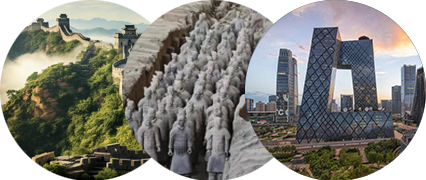
enjoy your vacation


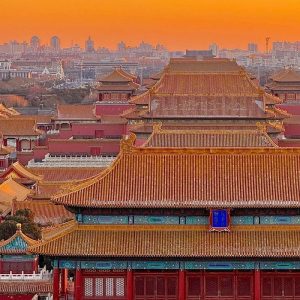
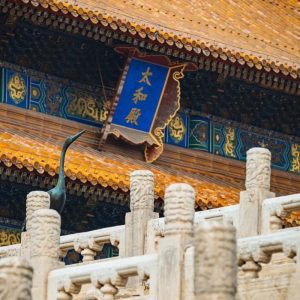
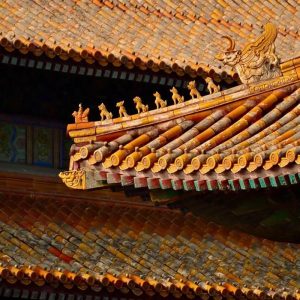
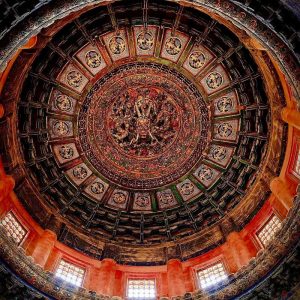
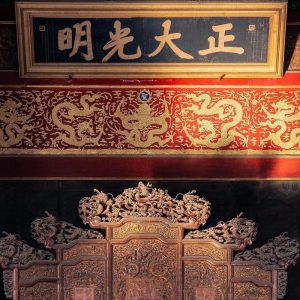
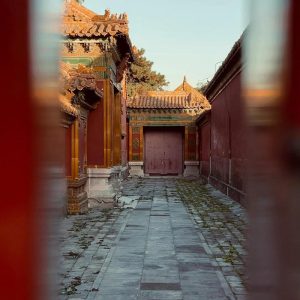
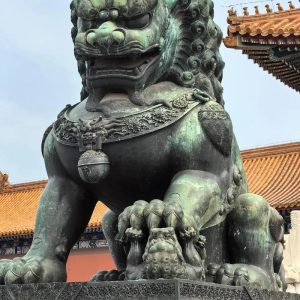
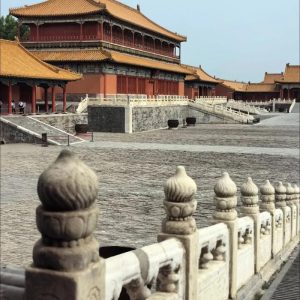
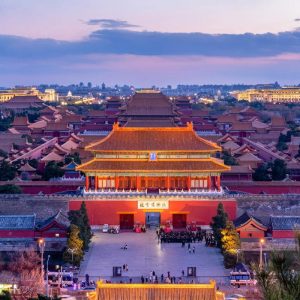

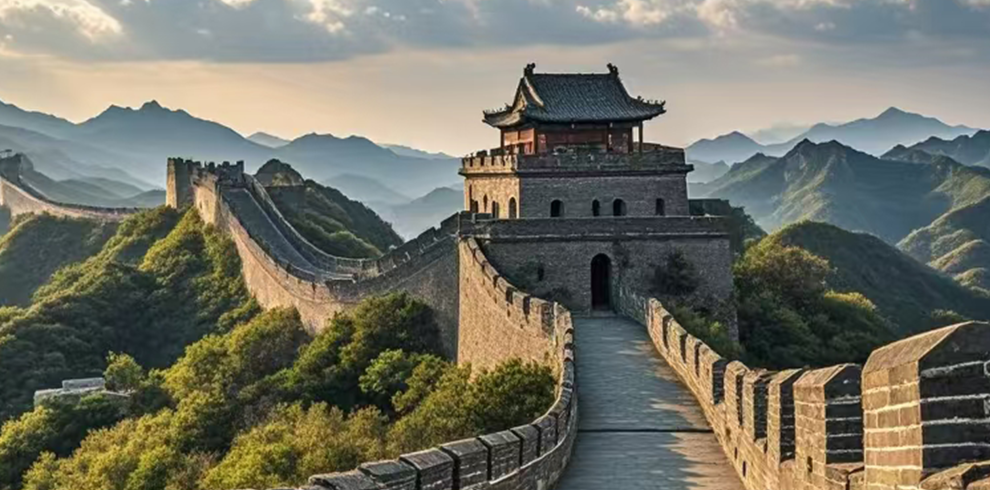
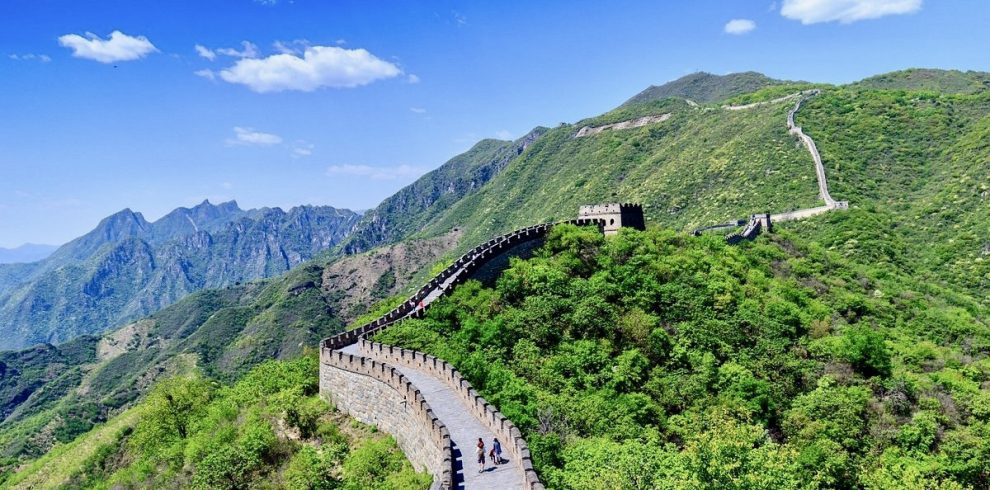
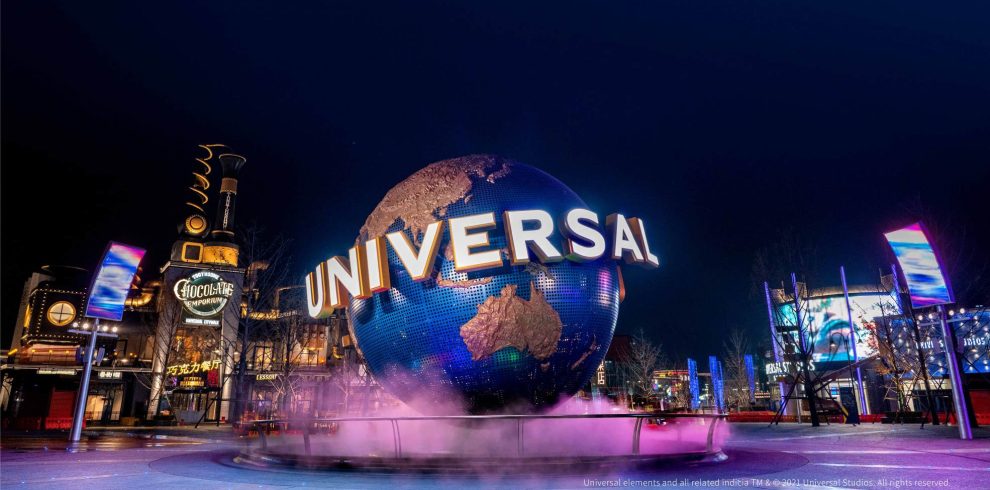
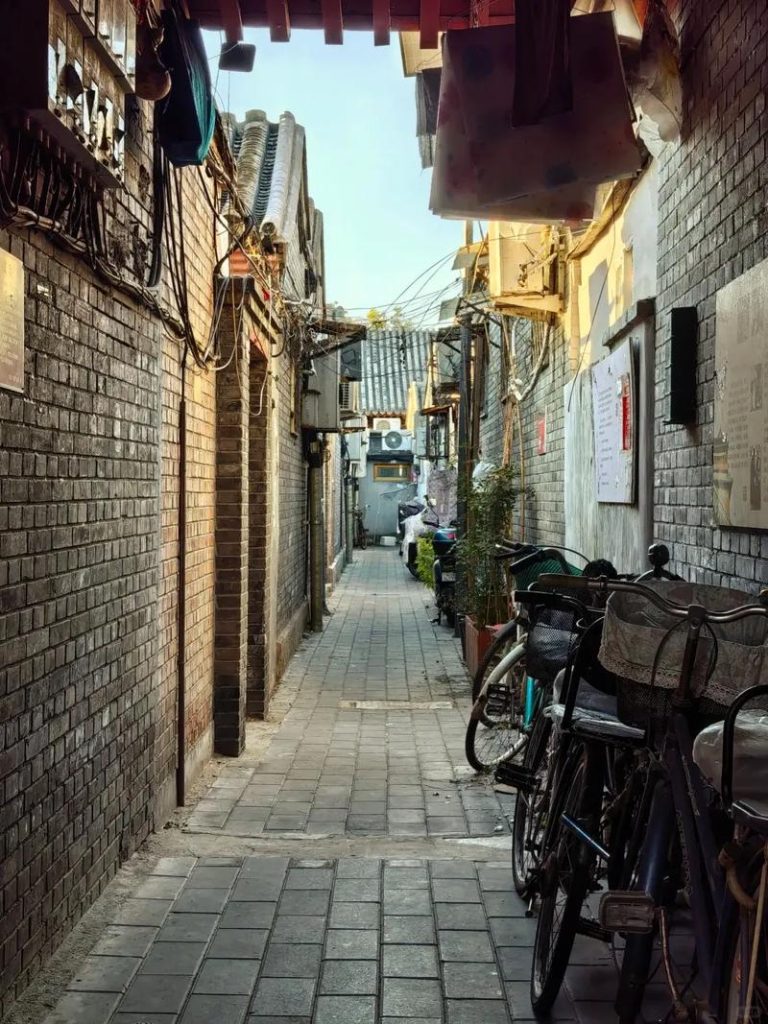
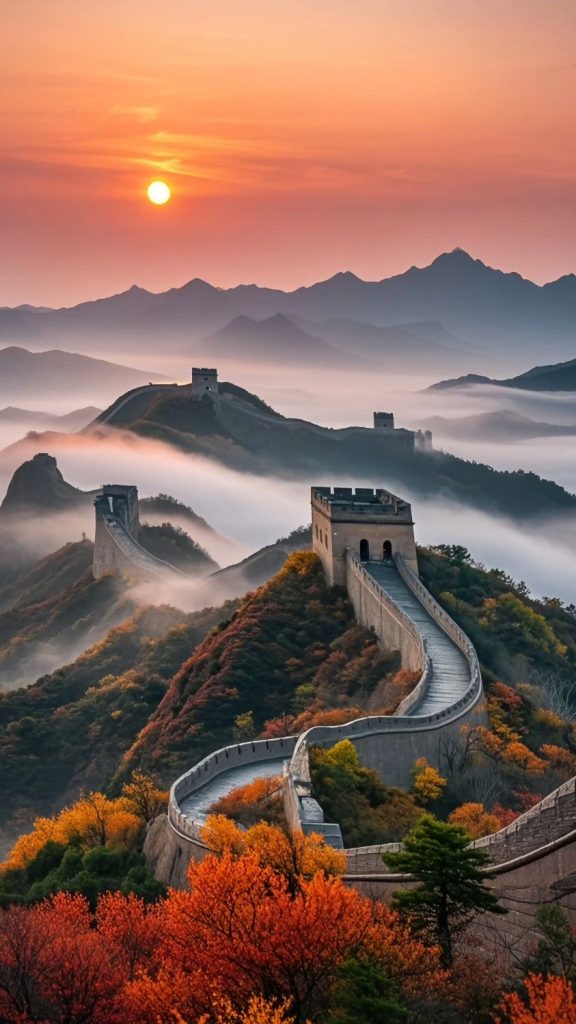
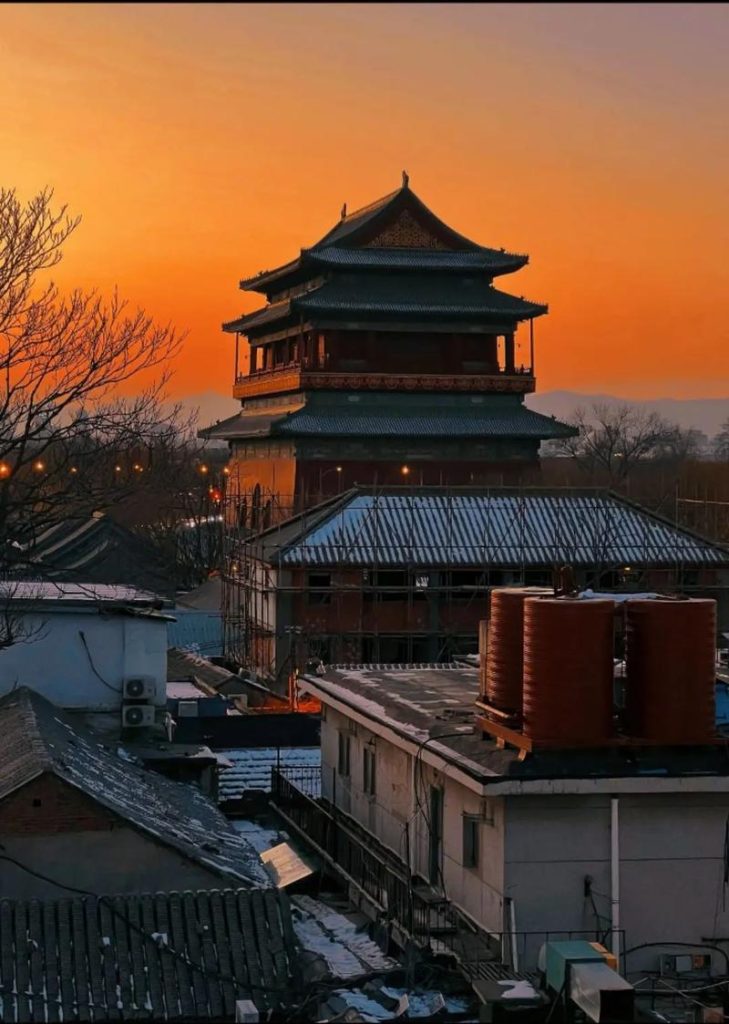
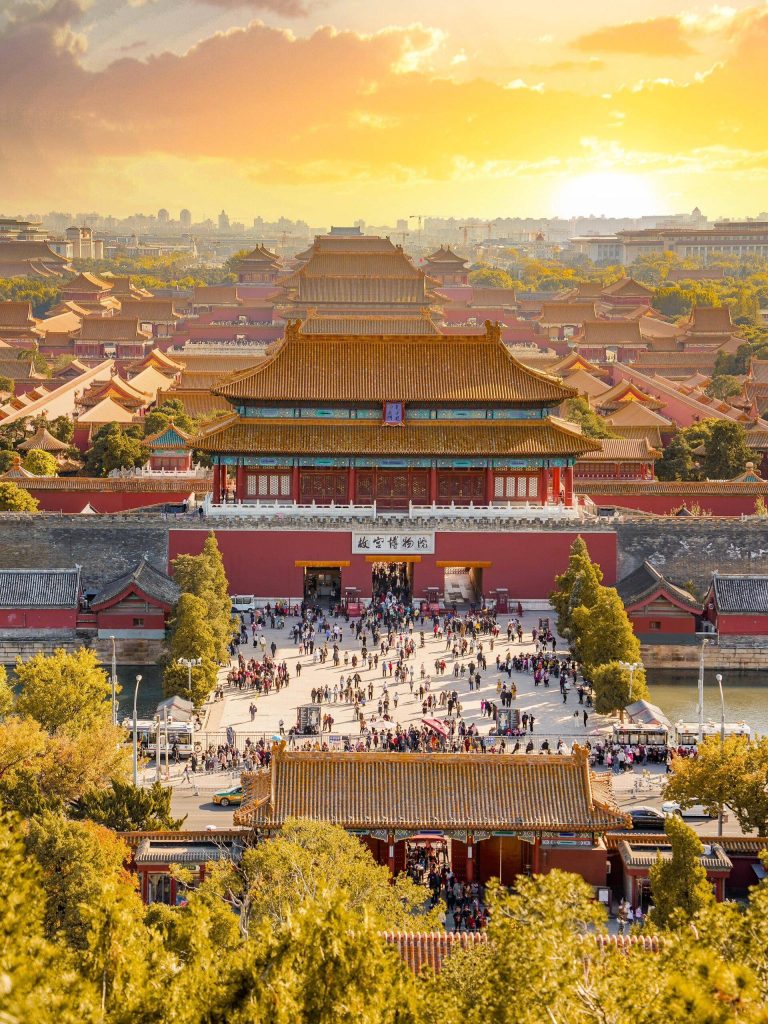

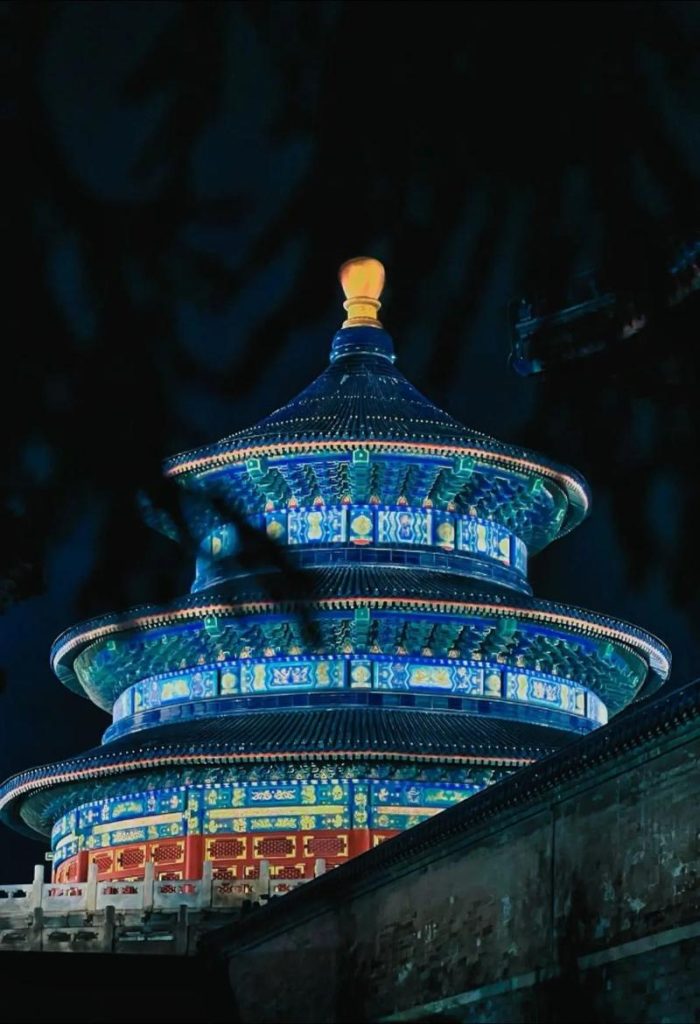
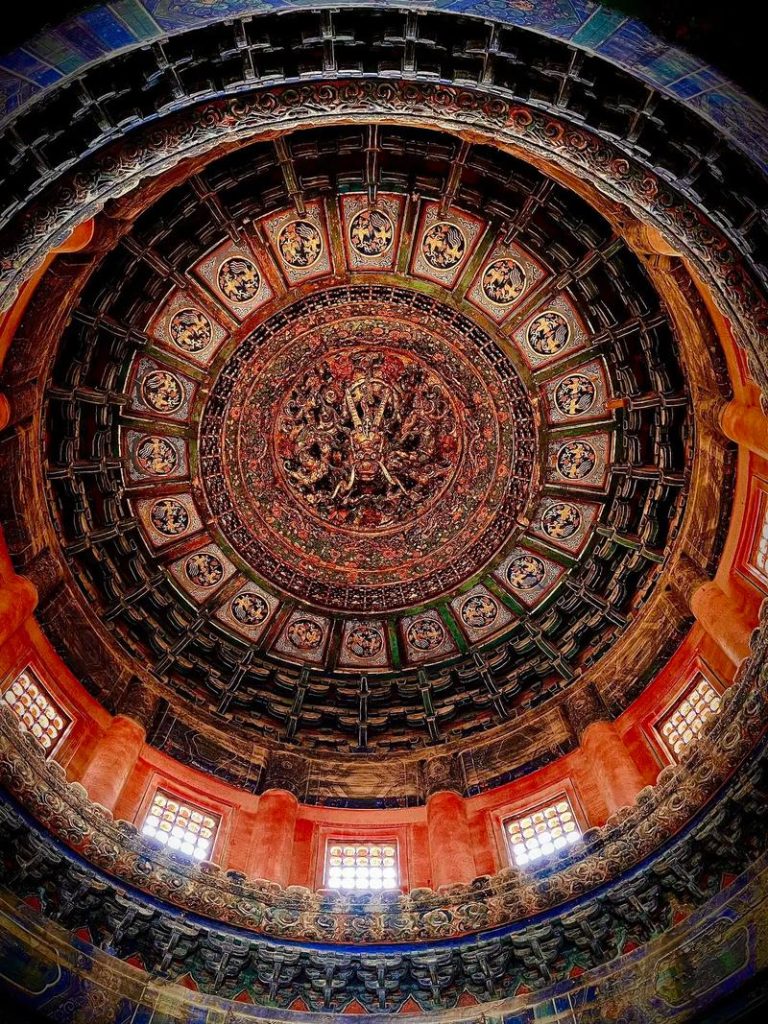
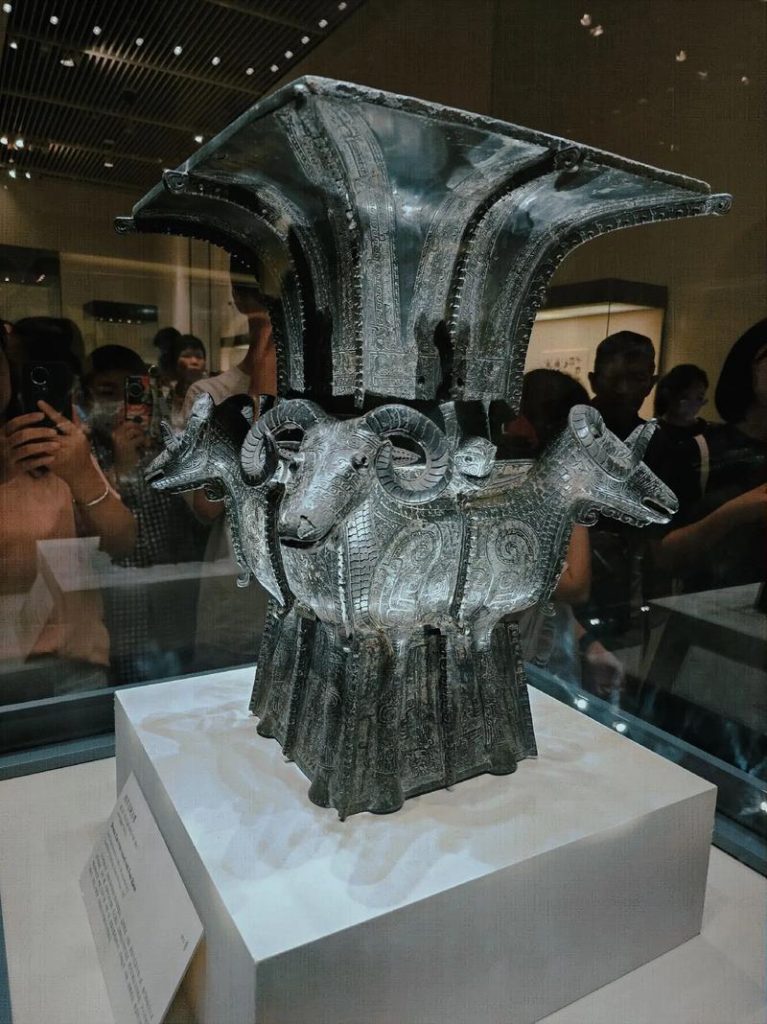
.png)